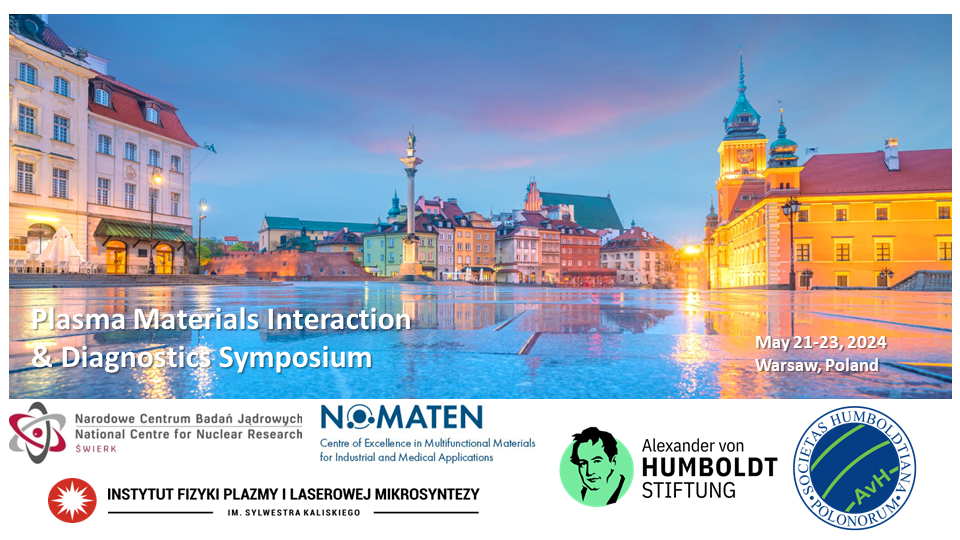Speaker
Description
Any material used for the ITER fusion reactor requires large resistance to extreme irradiation of fast neutrons. Fusion reactions in the tokamak are expected to send up to 1014 neutrons at every square centimetre of the device’s walls, every second. Those impacts can cause all kinds of changes in the material compared to the original state, ultimately changing the materials’ properties, such as reduction of strength and toughness, development of micro cracks or even rupture. In the very basics of such materials, the key problems that need to be addressed are mainly: i) the ``invisibility" of irradiation defects, and ii) the non-destructive, continuous ability to develop structure-property relationships that can be used in multi-scale models that may be used in the future as digital twins. In this presentation, I will show how the combination of machine learning and physics intuition can be used on video imaging sequences of micromechanical testing (tension/bending), in a way that can provide information for multi-scale models of crystal plasticity, addressing the two key problems.

